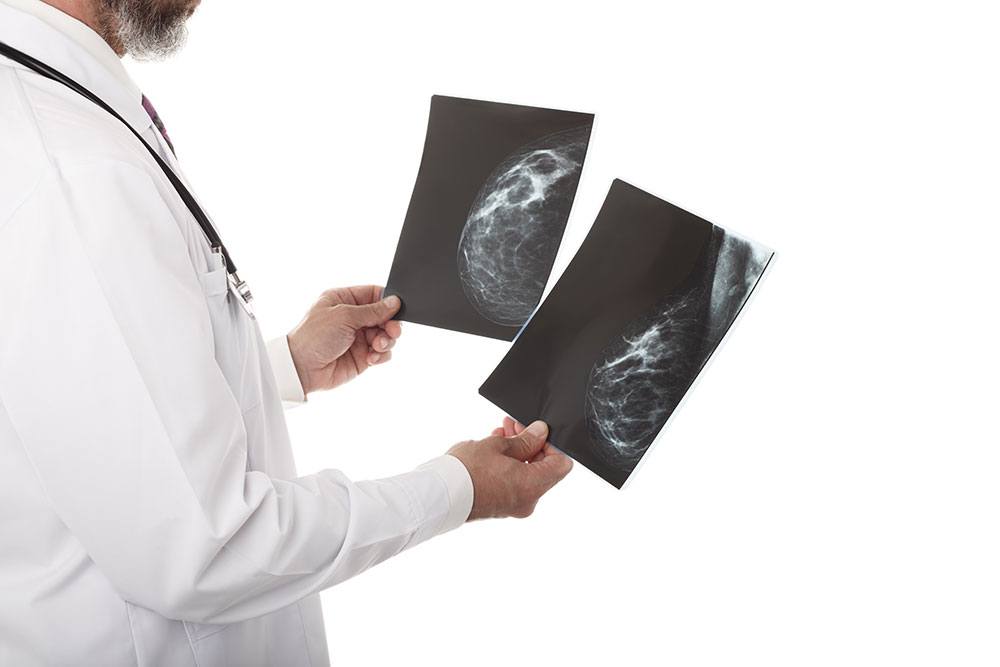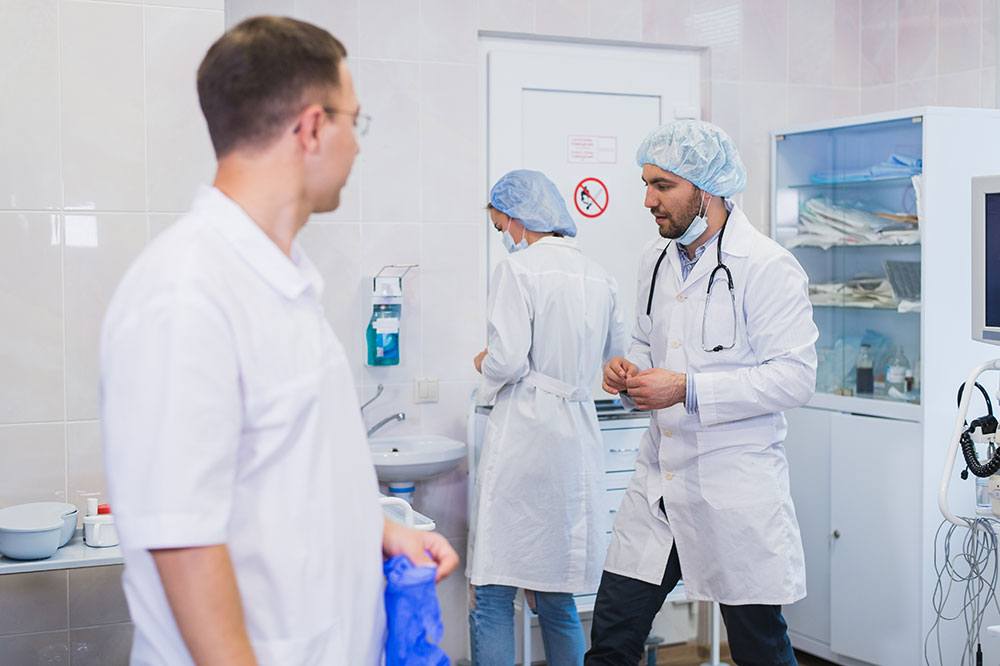Breast Procedure
Get the best treatment that is right for you!
WHAT IS INVOLVED

- Remove as much of the cancer as possible (breast-conserving surgery or mastectomy)
- Find out whether the cancer has spread to the lymph nodes under the arm (sentinel lymph node biopsy or axillary lymph node dissection)
- Restore the breast’s shape after the cancer is removed (breast reconstruction)
- Relieve symptoms of advanced cancer
Our Surgical Procedures
Surgery to remove breast cancer
We have two main types of surgery to remove breast cancer:
- Breast-conserving surgery (also called a lumpectomy, quadrantectomy, partial mastectomy, or segmental mastectomy) – A surgery in which only the part of the breast containing the cancer is removed. The goal is to remove the cancer as well as some surrounding normal tissue. How much of the breast is removed depends on the size and location of the tumor and other factors.
- Mastectomy – A surgery in which the entire breast is removed, including all of the breast tissue and sometimes other nearby tissues. There are several different types of mastectomies. Some women may also get a double mastectomy, in which both breasts are removed.

Choosing between breast-conserving
surgery and mastectomy

Many people with early-stage cancers can choose between breast-conserving surgery (BCS) and mastectomy. The main advantage of BCS is that a person keeps most of their breasts. But in most cases, they will also need radiation. Those who have mastectomies for early-stage cancers are less likely to need radiation.
For some, mastectomy may be a better option, because of the type of breast cancer, the large size of the tumor, previous treatment history, or certain other factors.
Some patients might be worried that less extensive surgery might raise their risk of cancer returning. But the fact is, in most cases, a mastectomy does not give you any better chance of long-term survival or a better outcome from treatment. Studies following thousands of women for more than 20 years show that when BCS can be done along with radiation, having a mastectomy instead does not provide any better chance of survival.
Surgery to remove nearby lymph nodes
To find out if the breast cancer has spread to axillary (underarm) lymph nodes, one or more of these lymph nodes will be removed and looked at under the microscope. This is an important part of figuring out the stage (extent) of the cancer. Lymph nodes may be removed either as part of the surgery to remove the breast cancer or as a separate operation.
Our two main types of surgery to remove lymph nodes are:
- Sentinel lymph node biopsy (SLNB) – A procedure in which the surgeon removes only the lymph node(s) under the arm to which the cancer would likely spread first. Removing only one or a few lymph nodes lowers the risk of side effects from the surgery.
- Axillary lymph node dissection (ALND) – A procedure in which the surgeon removes many (usually less than 20) lymph nodes from under the arm. ALND is not done as often as it was in the past, but it might still be the best way to look at the lymph nodes in some situations.

Breast reconstruction after surgery

Any woman or man undergoing surgery for breast cancer may have the option of breast reconstruction. In the case of a mastectomy, you might want to consider having the breast mound rebuilt to restore the breast’s appearance after surgery. In some breast-conserving surgeries, you may consider having fat grafting in the affected breast to correct any dimples left from the surgery. The options will depend on each your specific situation.
There are several types of reconstructive surgery, although your options may depend on your medical situation and personal preferences. You may have a choice between having breast reconstruction at the same time as the breast cancer surgery (immediate reconstruction) or at a later time (delayed reconstruction).
If you are considering reconstructive surgery, it’s a good idea to discuss it with your breast surgeon and a plastic surgeon before your mastectomy or BCS. This gives the surgical team time to plan the treatment options that might be best for you, even if you wait and have the reconstructive surgery later.

